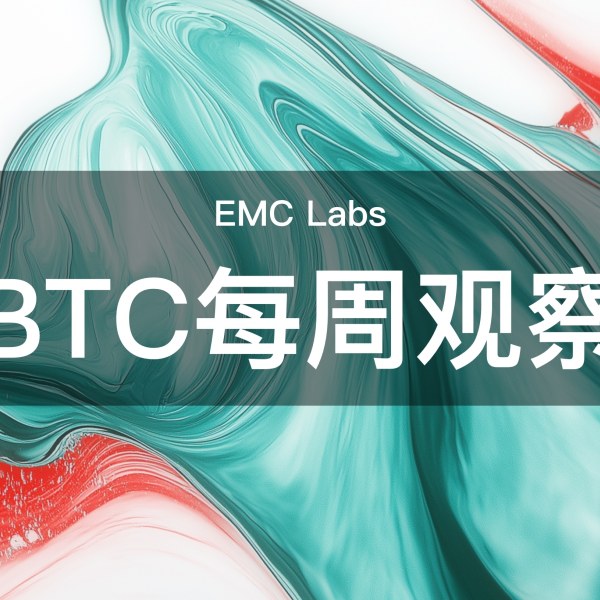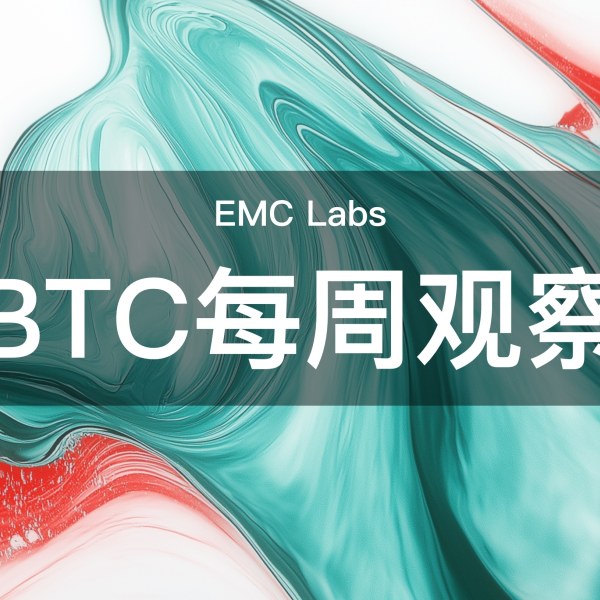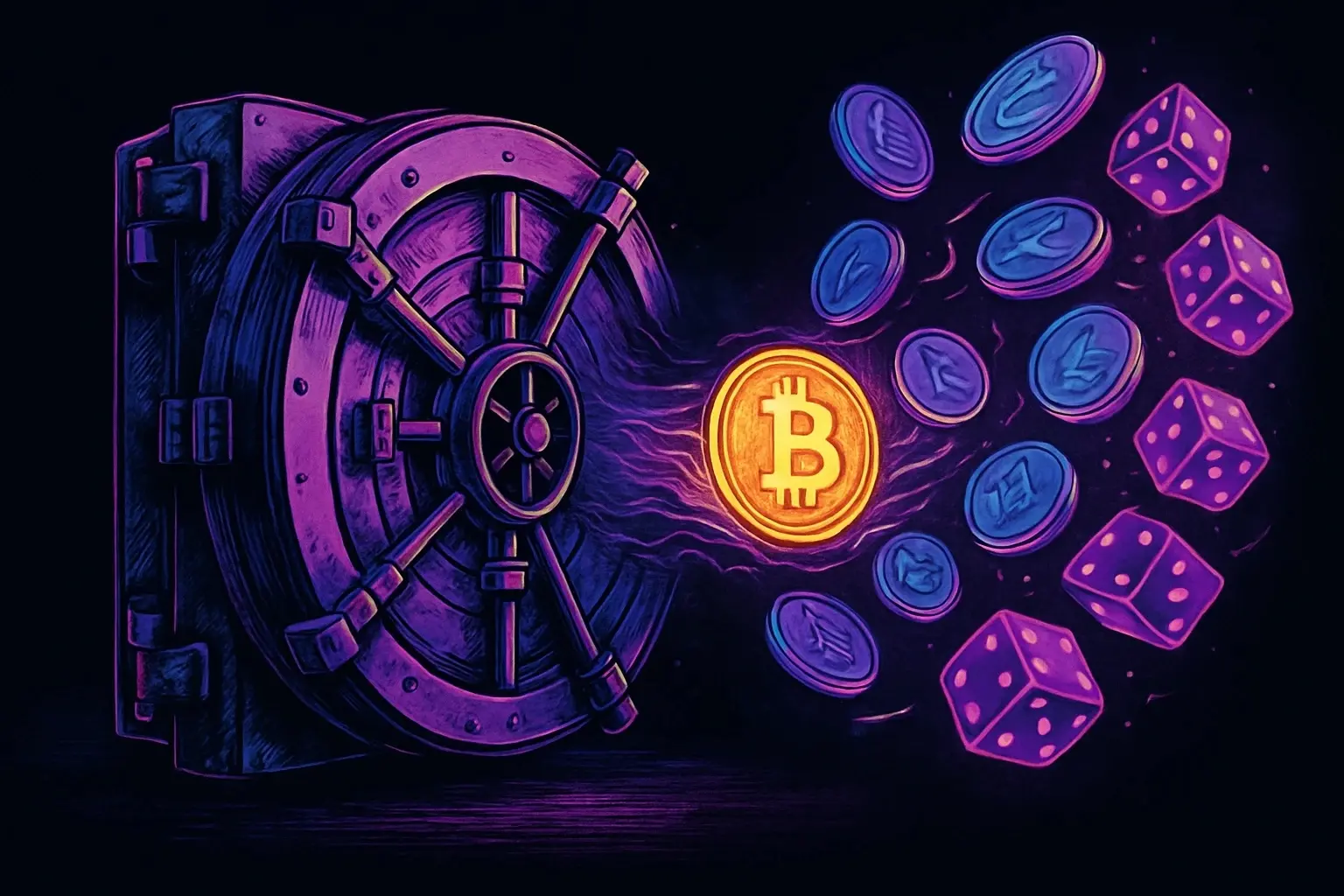Mt. Gox Bitcoin Billions Are Being Repaid—How We Got Here
Defunct Bitcoin exchange Mt. Gox started to repay creditors two years ago, more than a decade after the company went bankrupt. But on Monday, the deadline to complete the return of billions of dollars worth of Bitcoin was pushed back by a full year to October 31, 2026.
Around 19,500 creditors have been repaid so far, but many others are waiting in the wings for funds they lost all the way back in 2014.
The first batch of repayments in 2024 led to a sharp sell-off, as the refunded Bitcoin was immediately sold by many creditors who had watched patiently as Bitcoin’s price skyrocketed over the previous decade. As such, other market participants may welcome a delay, which might typically be considered a bearish event.
But a decade is a long time, and the droves of crypto users who came into the industry in recent years might not know the infamous tale of Mt. Gox. How did it go bust, and how will the Bitcoin refunds work? Here’s what you need to know.
What was Mt. Gox?
Mt. Gox was the world’s largest Bitcoin exchange at one point. Based in Tokyo, the company was estimated to account for 70% of Bitcoin trading volume in 2013. Mt. Gox CEO, Mark Karpeles, told Reuters in a now-deleted report that the exchange saw $5 million to $20 million in incoming transfers each day.
Launched in 2010, the site was originally an online marketplace to trade physical Magic: The Gathering playing cards; with Mt. Gox being a shortened version of “Magic: The Gathering Online Exchange.” Soon, the site added the ability to exchange cash for Bitcoin, moving away from trading cards for good.
Employees of the exchange had the option to be paid partially in Bitcoin, but Karpeles said that he stressed to not invest “more than you can afford.”
Bitcoin was extremely fresh at the time. It launched in 2009, but it wasn’t until 2010 that trading really began. Then in 2013, the cryptocurrency started the year valued at $13, climbing all the way to $1,100 by the end of the year. But with this rise to popularity for Bitcoin came regulatory nightmares for the world’s largest exchange.
How did Mt. Gox go bankrupt?
By the summer of 2013, Mt. Gox was accused by the U.S. Department of Homeland Security of failing to register as a “money transmitting business.” Due to this, $5 million of Mt. Gox funds were seized. Later in the year, the exchange’s partner CoinLab sued Mt. Gox due to it allegedly failing to fulfill the terms of their agreement.
In February 2014, the exchange disclosed that it had been the target of years' worth of hacks that had gone unnoticed. Malicious actors were able to edit the IDs of transactions due to a Bitcoin vulnerability called “transaction malleability,” which has since been addressed through the 2017 SegWit soft fork. The vulnerability let bad actors manipulate the exchange without it noticing, apparently for years, and swipe customer funds all the while.
As a result, 850,000 Bitcoin was lost—almost 7% of all Bitcoin that existed at the time. This was worth $475 million at the time, but at today’s rate this would be worth over $97 billion.
While suffering the attack, the exchange went offline, causing Bitcoin’s price to dramatically drop. Investors grew angry and demanded answers. Karpeles then said that the exchange would “find a solution.”
Ultimately, that solution was to file for bankruptcy, citing liabilities of $64 million while only having $38 million in assets. The firm had 127,000 creditors in the bankruptcy, according to a Reuters report, only 1,000 of which were based in Japan.
The Japanese bankruptcy filing then stated that Mt. Gox owed creditors $63.5 million. But the company wasn’t even halfway to having that amount of money, as $5 million of its assets were held by CoinLab as part of its at the time ongoing case. An additional $5.5 million was being held by the U.S. Department of Homeland Security.
"We will make all efforts to ensure that crimes are punished and damages are recovered," Mt. Gox later said.
Creditor refunds explained
In 2023, the U.S. Department of Justice charged two Russian nationals with “conspiring to launder approximately 647,000 Bitcoin from their hack of Mt. Gox,” which happened in 2011. In this process, 140,000 Bitcoin was recovered—or about $16 billion worth at today’s price.
Now, over a decade after the exchange collapsed and following a number of deadline extensions, Mt. Gox creditors are due a refund. According to a June 2024 note, creditors were set to start receiving payments in Bitcoin and Bitcoin Cash.
“We have taken time to ensure safe and reliable repayment to creditors, including technical remedies for safe repayments, compliance with financial regulations in each country, and discussion of repayment arrangements with the cryptocurrency exchanges,” Mt. Gox Rehabilitation Trustee Nobuaki Kobayashi said in the note.
Following the note, Mt. Gox moved billions of dollars worth of Bitcoin between wallets as it prepared to execute refunds before the original October 31, 2024 deadline.
Mt. Gox began making repayments on July 5, 2024, according to a note from the rehabilitation trustees, while noting that the process would take time to confirm creditors’ details. “We ask eligible rehabilitation creditors to wait for a while,” the note reads.
However, it required the deadline to be extended as the 2024 deadline loomed. It was then pushed back to October 31, 2025. As that date approached, it has now been extended for a full year once again to the same date in 2026.
Rehabilitation trustee Nobuaki Kobayashi wrote in a notice that some of the creditors hadn’t received their repayments because they “have not completed the necessary procedures,” while others hit obstacles along the way.
At the time of writing, Arkham Intelligence data shows that Mt. Gox still holds 34,689 BTC, which is worth almost $4 billion at current prices.
Editor's note: This story was originally published on July 14, 2024 and last updated with new details on October 28, 2025.
Disclaimer: The content of this article solely reflects the author's opinion and does not represent the platform in any capacity. This article is not intended to serve as a reference for making investment decisions.
You may also like
Multiple positive factors combined, BTC temporarily stabilizes, but the dilemma remains unresolved (10.20~10.26)
Risk appetite has not yet increased, and liquidity in the crypto market remains extremely tight.

How to Cope with the BTC Cycle under the Heavy Pressure of the "Cyclical Curse"? (10.13~10.19)
The improvement in the US-China tariff war and BTC has once again fallen to the bull-bear dividing line, with cyclical patterns indicating clear signs of a "peak."

Interview with Bittensor Founder Jacob: Applying Mining to AI, Top 3 Subnets Built by Chinese Teams
Bittensor is migrating Bitcoin-style mining to AI through "incentivized computation," building an open multi-subnet marketplace powered by TAO, where inference, training, and computing power providers are rewarded based on performance. Jacob visited China for the first time, discussing his experience leaving Google, ecosystem expansion in Asia, TAO halving, protocol revenue, and his five-year vision.

Why is a crypto treasury a better solution compared to spot ETFs?
DAT's corporate structure possesses unique advantages that ETFs cannot match, which is precisely why it commands a premium over its book value.

